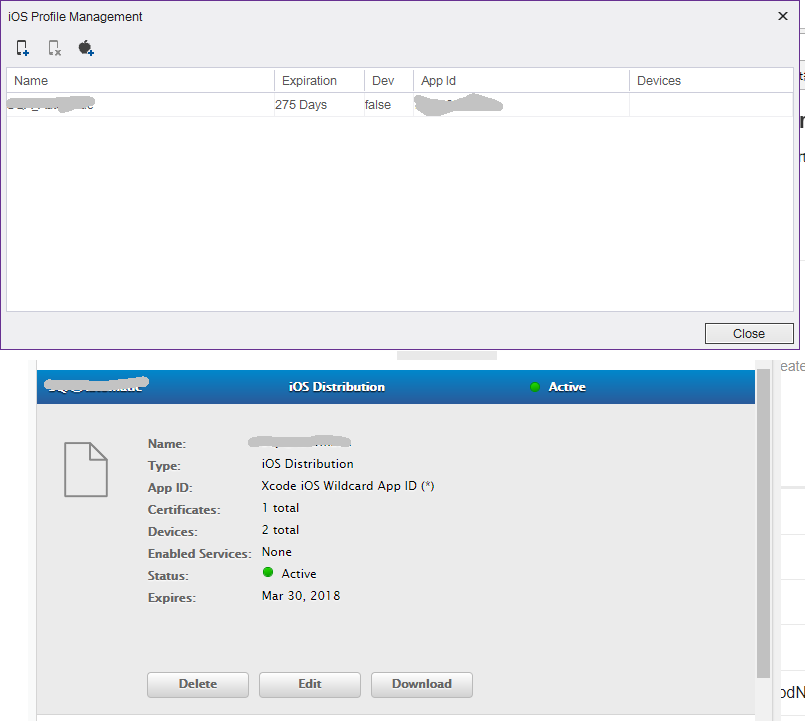

Note - i'll post a reference link that mentioned about this change being made to 'avm' file. Local bin=$VERSIONS_DIR/$version/node_modules/appium/build/lib/main.js Local bin=$VERSIONS_DIR/$version/node_modules/appium/bin/appium.js

Ln -s $dir/node_modules/appium/build/lib/main.js $AVM_PREFIX/bin/appium Ln -s $dir/node_modules/appium/bin/appium.js $AVM_PREFIX/bin/appium Search for method 'activate ()' and comment this line.In Finder -> Go to Folder /usr/local/bin/ -> Open filename ‘avm’ in an editor.Now since AVM is not maintained since Appium1.5.0, we need to install a version (one time only) If it shows list of commands, then congrats, avm is installed !!! (optional) cd $(brew -prefix) & git fetch origin & git reset -hard origin/master.(optional) sudo chown -R $(whoami):admin /usr/local.Note: if step 2 did not execute, then perform steps 3 and 4. Pre requisite -> install 'brew' and 'node'. Steps to Install Appium with AVM: Part A) Install AVM -> (first time only to get AVM) (Also, I use a Mac but think installing it on Windows should be similar). So here are the steps to use AVM to install Appium after version 1.5.0 and keep switching between as many instances of Appium.Īt the moment, Appium1.6.4 is the official release, so I'll highlight the steps with that version.

Plus switching versions without every time needing to install / uninstall is advantageous while testing out a beta.ĪVM was (rather is) a great utility that allows this switching between versions, but somehow it had stopped working after Appium1.5.0. Because in my experience, a newer Appium version could break some existing automation tests, so until we fix them separately, having an older version helps in executing those tests without errors. When Appium releases a newer version or a beta, I feel its an advantage to keep an older (stable) version and switch between Appium versions. after some searching, testing and playing around, found a way.


 0 kommentar(er)
0 kommentar(er)
